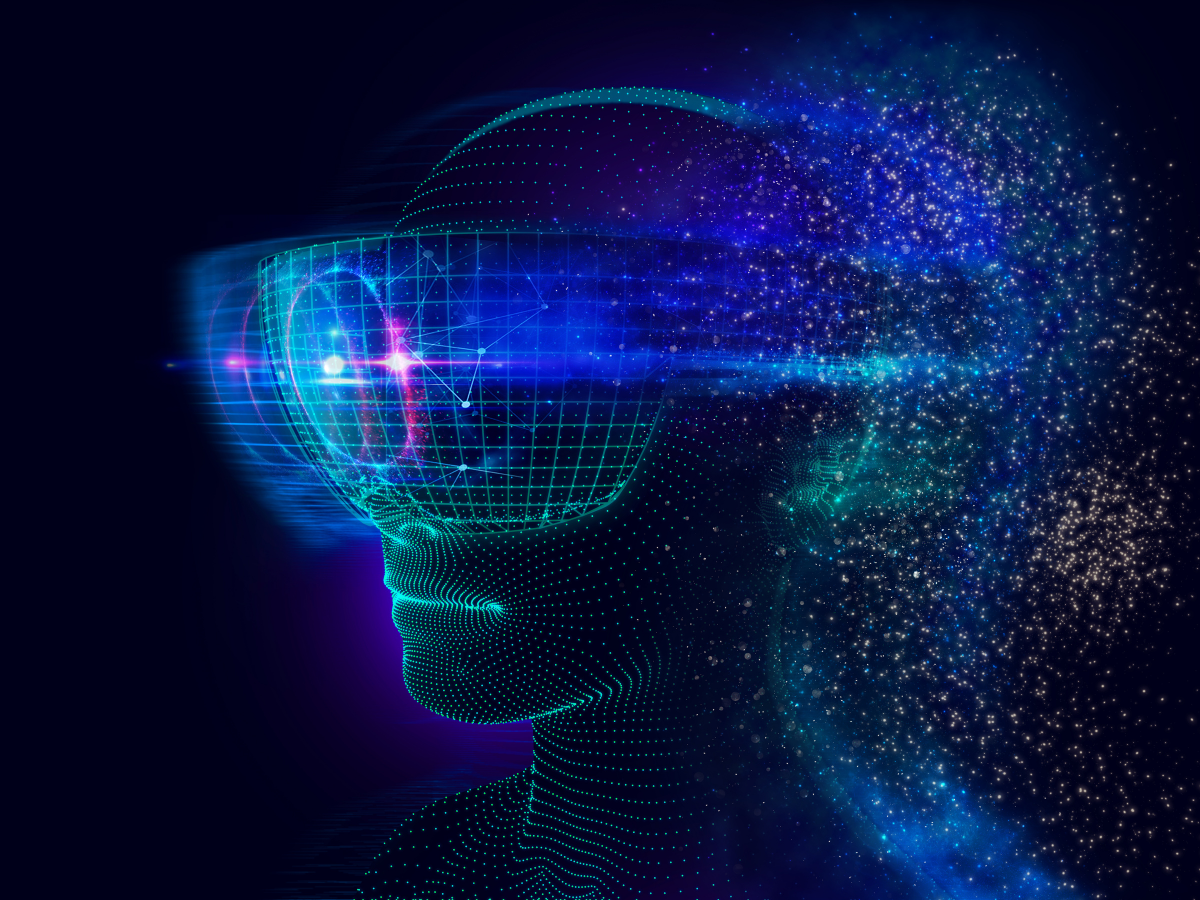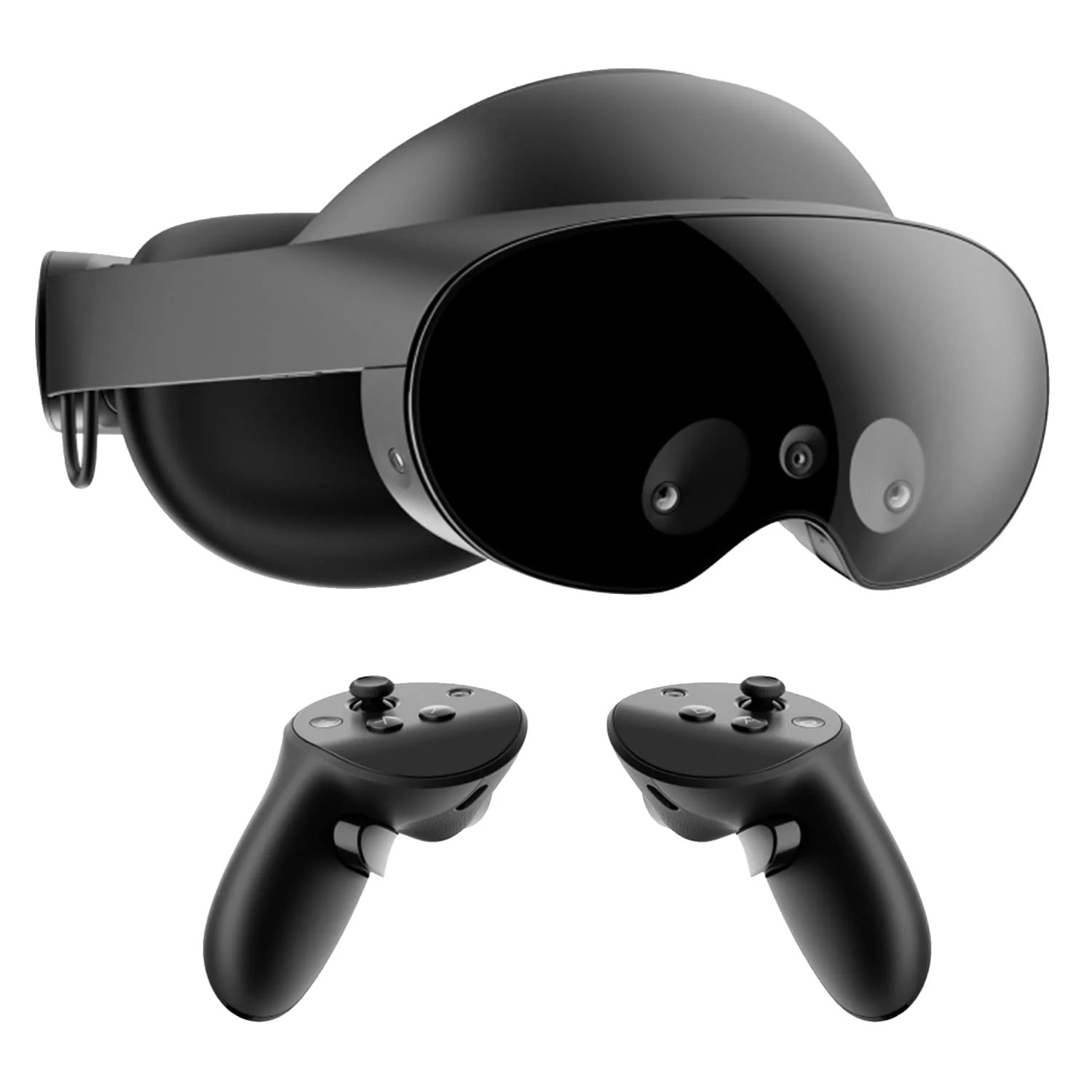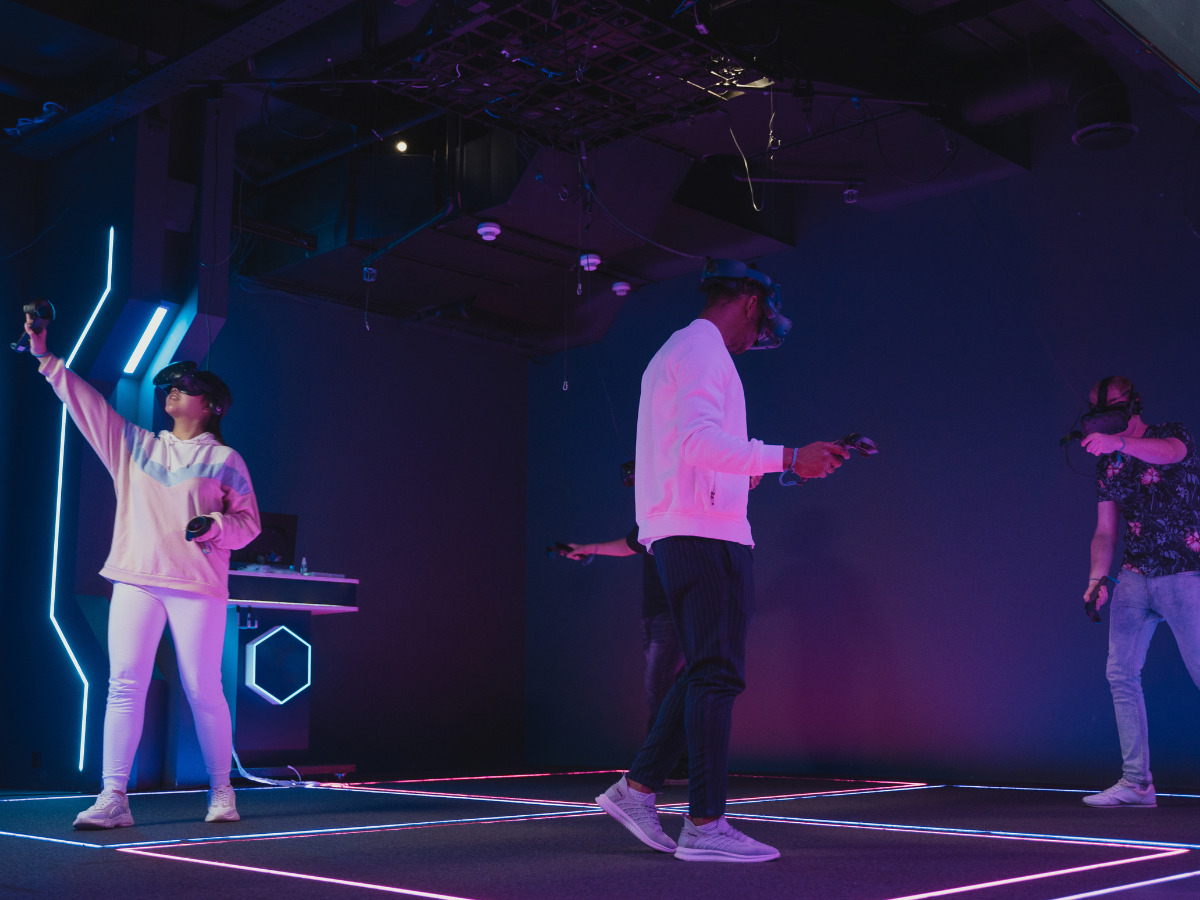Which one are you looking for? VR, AR, MR, XR? Four acronyms all using the letter R at the end. Each of these are something reality. Most of the time they just get lumped together, especially when talking about things like market growth or usage statistics. Let’s go into each in detail.
VR – Virtual Reality
First up is VR, which you probably already know. It stands for virtual reality. VR applications are designed to immerse you in a totally separate reality from our own. The whole idea is to get you to suspend belief and interact with an artificially constructed world. VR mostly is experienced through headsets that take up your full range of vision and add audio. A growing number of companies are developing cool technologies to add support for other senses like touch, smell, and even taste. We’ll be posting more about some of these awesome advancements as they grow.
Currently, the majority of the public thinks of games whenever VR is mentioned and, while that is true, there are many other use cases. In the medical field, VR is being used to train staff and allow surgeons to practice operations before the actual procedure. In some instances, it’s even being used to help patients during rehab or encourage health and wellness through gamifying exercise or providing immersive landscapes. Training in VR is gaining traction overall as entry costs have decreased. Pilots, police, and even Walmart have increasingly been using VR in their training programs, to name a few.
Now take that same technology and start applying it to recreational activities. Games are coming out every day for people like you and me to enjoy in VR. You can go fishing with your friends, play a tabletop game together, or hang out with people from around the world if you would like. I think that’s enough about VR for the moment, let’s move on to AR and MR.
AR – Augmented Reality & MR – Mixed Reality
These two are close. Both are very similar to each other, it’s mostly about where your focus lies and what the application does that makes the difference. While VR mostly uses full headsets, AR and MR use a wide variety of hardware. Some do use the same headsets as VR but with cameras positioned to let you see what’s around you. Other ways that both can be accessed are through phones, glasses with displays, and even windows. Let’s look at augmented reality first.
Augmented reality adds to the real world. Your focus is still on your physical surroundings but there are digital pieces added on. Pokemon Go is the usual go-to example. You explore your surroundings to find Pokemon that are added in through AR. Other examples could be playing cards that, when viewed in AR, have digital figures pop out or overlays that tell you more about landmarks you’re looking at.
Mixed reality, on the other hand, combines physical and virtual elements in a more connected way. While AR is more ‘virtual overlaid on a picture’ MR gathers data around you and allows the technology to interact with the surroundings. Think about how different Pokemon Go would be if you could chase Pokemon around corners or they’d disappear behind a tree. How about setting up new wallpaper for your house and being able to tour every corner? That’d fall into MR as well.
It’s obvious at this point that AR and MR are both closely related. In some cases, there may be aspects of both in applications that further blur the lines. Regardless of which it is, they’re both a merging of the virtual and physical that companies are trying to get just right.
XR
So we’ve covered fully immersive VR, the overlays of AR, and the merged realities of MR. What could be left for XR to cover? Well, everything. Depending on who you ask, XR stands for extended reality or it could stand for reality X. Either way, it was created to cover all of the different forms of technologically enhanced reality. Straightforward enough, right?
Because XR covers all of these topics, it’s used a lot when describing the standards built around supporting these devices. Take OpenXR for example. This standardization has made it possible for developers to create a game in one place and make it available on nearly all of the major XR headsets. Before, developers would have to choose their target hardware and develop their games for each one separately.
WebXR is another great example. It’s being developed to handle how all of these devices are called from a web browser. It takes care of a lot of the leg-work needed to create awesome XR experiences right in your browser. Combine this with other projects like A-Frame or Babylon.js and creating a WebXR experience (a.k.a warren) can be as easy as making a website.
What next?
Did that clear up some of your questions about XR? If you’re ready to jump straight into a warren, check out this randomized list from our directory. Thanks for reading!




